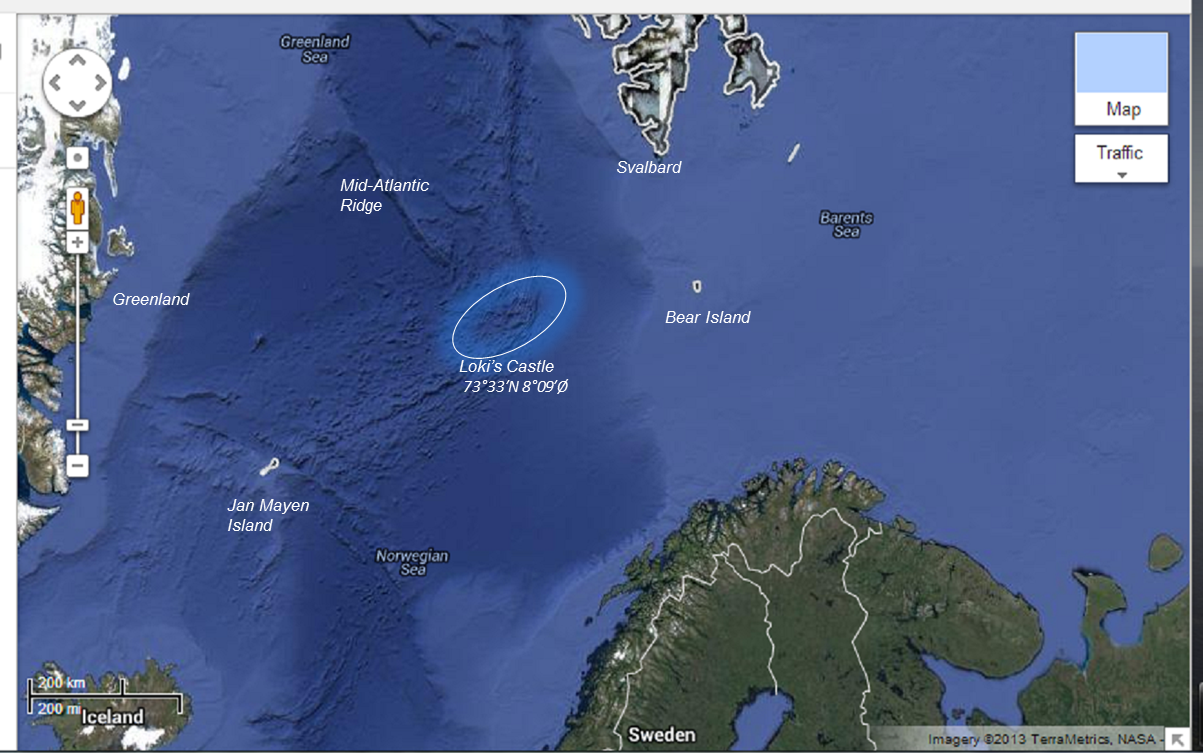| by Tsunemi Kubodera, with Japan´s National Science Museum. |
It is difficult to study this species, since they live deep in the ocean. All scientist now about them is thanks to fishermen, because fishermen accidentally catch them.
In 2006, Japan´s national museum caught and brought a live 7 meter female giant squid.
Giant squids also have the largest eyes on the animal kingdom.
| Giant Squid captured by fishermen |
They eat fish, shrimp, and smaller squids.
Giant Squids are thought to swim in the ocean worldwide, based on the beaches they have been observed.
Sources: ocean.si.edu
animals.nationalgeographic.com



